The ability to maneuver a semi-trailer efficiently is a crucial skill in the trucking industry. Among the most challenging tasks drivers face is backing a semi-trailer at a 45-degree angle. This maneuver is routinely required in various loading and unloading situations where space is limited. Mastering this skill not only enhances safety but also increases operational efficiency. In this guide, we will delve deep into the techniques, tips, and analysis needed to perfect your backing skills at this specific angle.
Understanding the Basics of Trailer Dynamics
The Importance of Weight Distribution
Before attempting to back a semi-trailer at a 45-degree angle, it’s essential to understand how weight distribution affects your maneuver. A fully loaded trailer will behave differently than an empty one.
- Loaded Trailers: Heavier weight can make the trailer less responsive but more stable overall.
- Empty Trailers: Lighter weight can lead to a greater likelihood of swaying or fishtailing.

Key Considerations:
| Aspect | Loaded Trailer | Empty Trailer |
|---|---|---|
| Maneuverability | Less responsive, more stable | More responsive, higher risk of swaying |
| Brake Time | Longer due to weight inertia | Shorter, faster to stop |
| Turning Radius | A wider radius is required | A tighter radius can be utilized |
Understanding Trailer Geometry
Recognizing how the trailer connects to the tractor is critical. The pivot point, which is located at the kingpin, significantly influences how the trailer responds to the steering of the tractor. This knowledge will form the backbone of your backing technique.
- Kingpin Position: The location relative to the rear axle plays a pivotal role in how the trailer swings.
- Length of the Trailer: Longer trailers require wider adjustments compared to shorter ones.
Preparing to Back Up: Pre-Maneuver Checklist
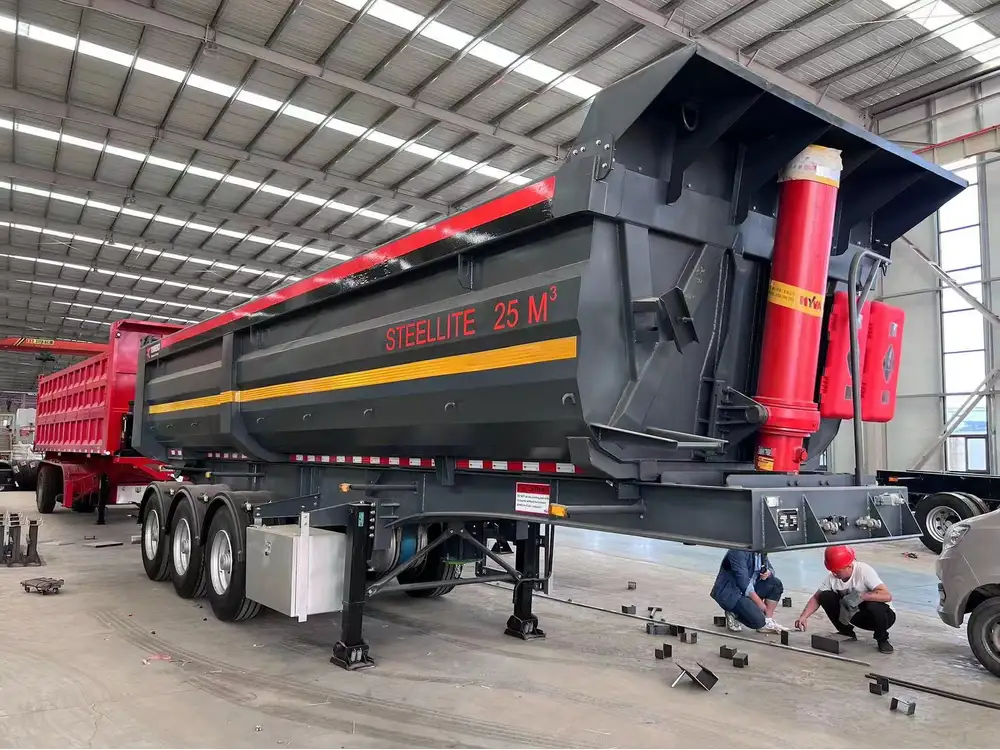
Vehicle Inspection
Before even starting your maneuver, conduct a thorough inspection:
- Tires: Check for proper inflation and tread wear.
- Lights: Ensure that brake lights and turn signals function correctly.
- Brakes: Test the air brakes and ensure they engage properly.
Site Assessment
Upon arriving at the location, evaluate the surrounding area:
- Space Availability: Ensure there is enough room to maneuver.
- Obstacles: Look for any barriers such as parked cars, curbs, or pedestrians.
- Surface Conditions: Wet, icy, or uneven surfaces can drastically affect handling.
The Technique: Backing at a 45-Degree Angle
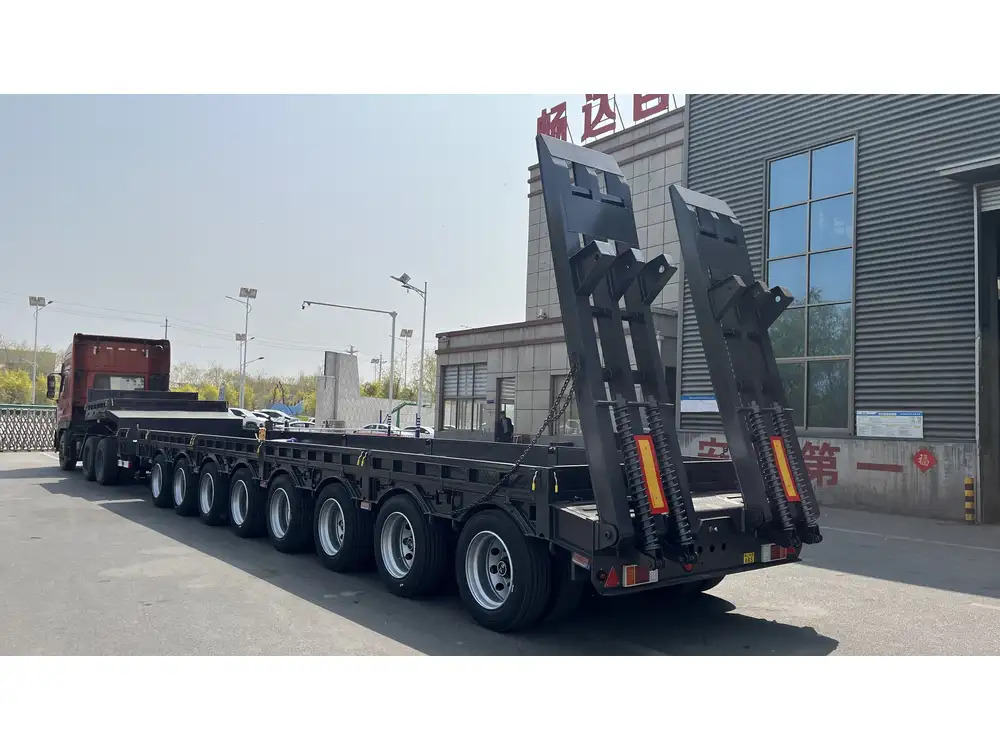
Step-by-Step Process
Positioning the Tractor:
- Start by positioning your tractor at a slight angle to the loading dock or area. Aim for approximately 10-15 degrees in relation to the desired final position of the trailer.
Initial Move:
- Begin moving backward slowly. Use your mirrors extensively to monitor both the trailer’s path and surrounding environment.
Turning the Wheel:
- As the rear of the trailer starts to swing out, begin turning your steering wheel towards the direction you want the trailer to go. Typically, this means turning toward the dock or desired entry point.
Adjusting Speed:
- Maintain a slow and steady pace throughout the maneuver. Rapid adjustments can lead to oversteering or losing control.
Positioning Corrections:
- If you notice the trailer drifting too far in one direction, make small corrections rather than large movements. This precision helps maintain control.
Final Adjustment:
- As you near the dock or desired endpoint, straighten out the tractor so that it aligns parallel to the trailer. This action prepares you for the final positioning.
Visualizing the Maneuver: Diagrams
Here’s a simple visual representation of the maneuver process:
+-----------------+
| Dock |
+-----------------+
|
|
| (1) Positioning
|
\|/
+-------------------+
| Tractor & |
| Trailer |
+-------------------+
\ /
\ /
\ /
+---+
(2) Initial MoveCommon Pitfalls to Avoid
- Oversteering: Turning the wheel too sharply can lead to jackknifing.
- Speeding Up: Driving too fast can cause loss of control.
- Neglecting Mirrors: Relying solely on the rearview camera or overlooking blind spots can result in collisions.

Enhancing Your Skills with Practice
Where to Practice
Finding the right environment to practice backing at various angles, especially 45 degrees, is crucial.
- Dedicated Training Facilities: Many trucking schools have controlled environments for learning.
- Empty Parking Lots: Utilize spacious and empty areas for low-stress practice.
- Simulated Environments: Consider using simulator training, which can provide instant feedback on your technique.
Tracking Your Progress
Keeping a log of your practice sessions, detailing what worked and what didn’t, can help identify patterns in your learning.
| Date | Location | Success Level (1-10) | Notes |
|---|---|---|---|
| 2023-10-01 | Training Facility | 7 | Needed more adjustments. |
| 2023-10-05 | Local Lot | 8 | Improved speed control. |
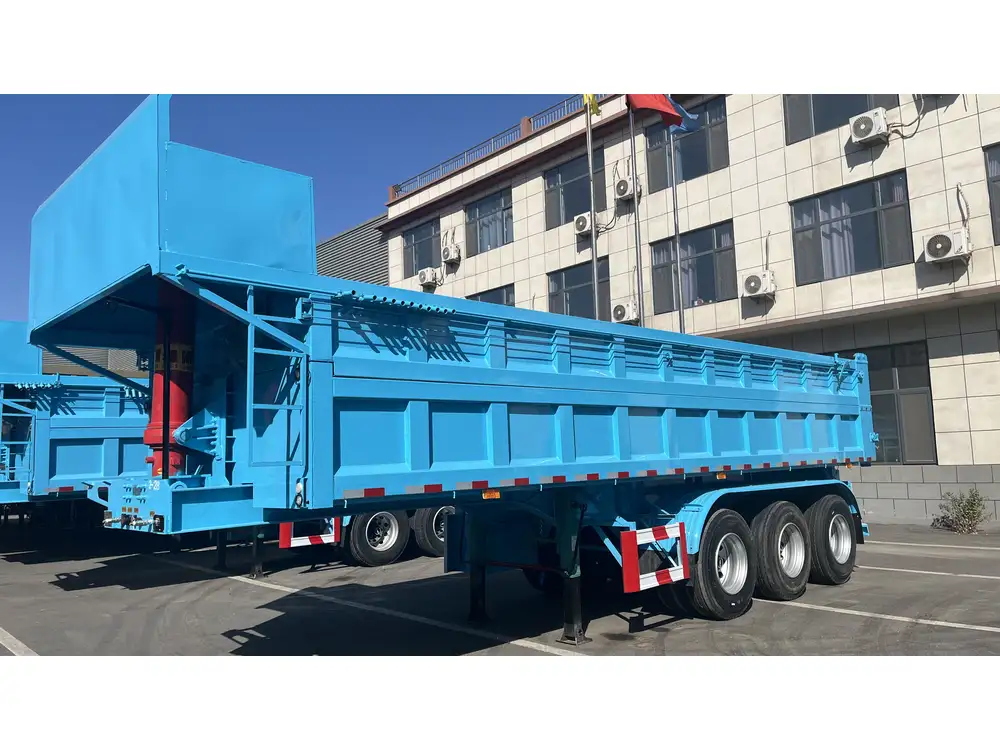
Mastering Mindset for Backing Success
Cultivating Patience and Control
Mastering the skill of backing a semi-trailer requires a calm mindset and the ability to maintain patience. The need for quick adjustments should not rush your decision-making.
- Stay Focused: Avoid distractions within the cab and maintain awareness of surroundings.
- Breathe and Assess: If you feel anxious, take a moment to breathe and reassess your position rather than making hasty moves.
Visualizing Success
Creating a mental roadmap before executing a backing maneuver can significantly help. Visualize each step, imagining how you would react to potential challenges.
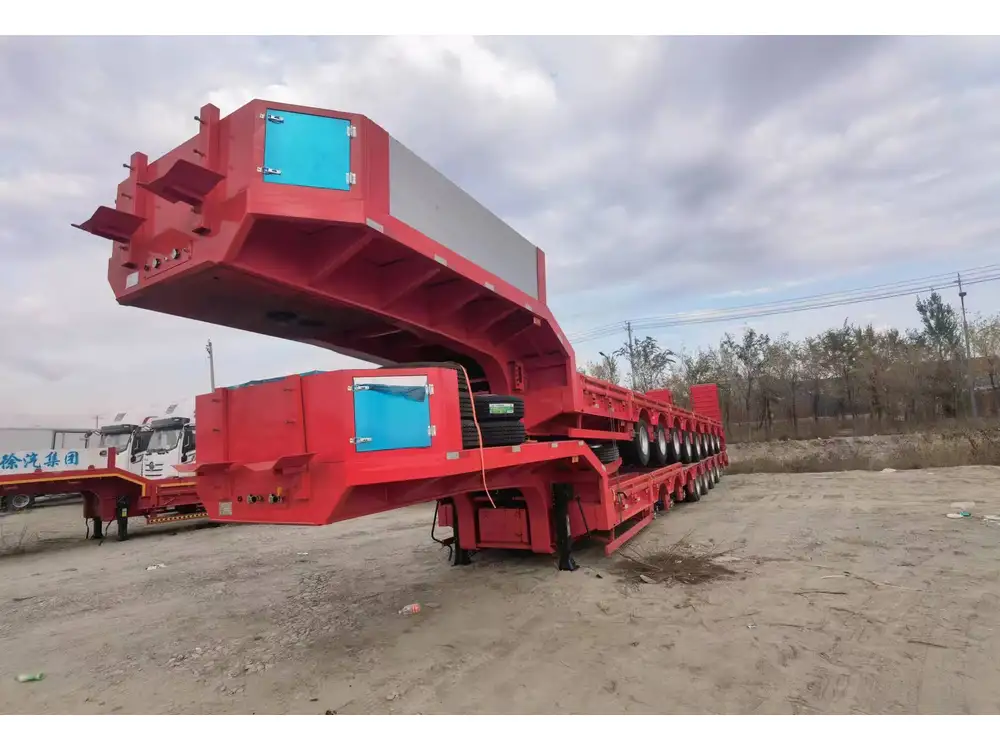
Additional Tools and Resources
Technology to Aid Maneuvering
Several technological advancements can assist in backing a semi-trailer:
- Backup Cameras: Offering a wider view of the area behind you.
- Proximity Sensors: Alerting the driver to nearby obstacles and potential hazards.
- GPS and Mapping Tools: Assisting in navigating to the final parking position smoothly.
Video Tutorials and Classes
Consider engaging with online resources such as YouTube tutorials or specialized trucking training courses. They offer visual and detailed instruction that may assist in shaping your backing skills.
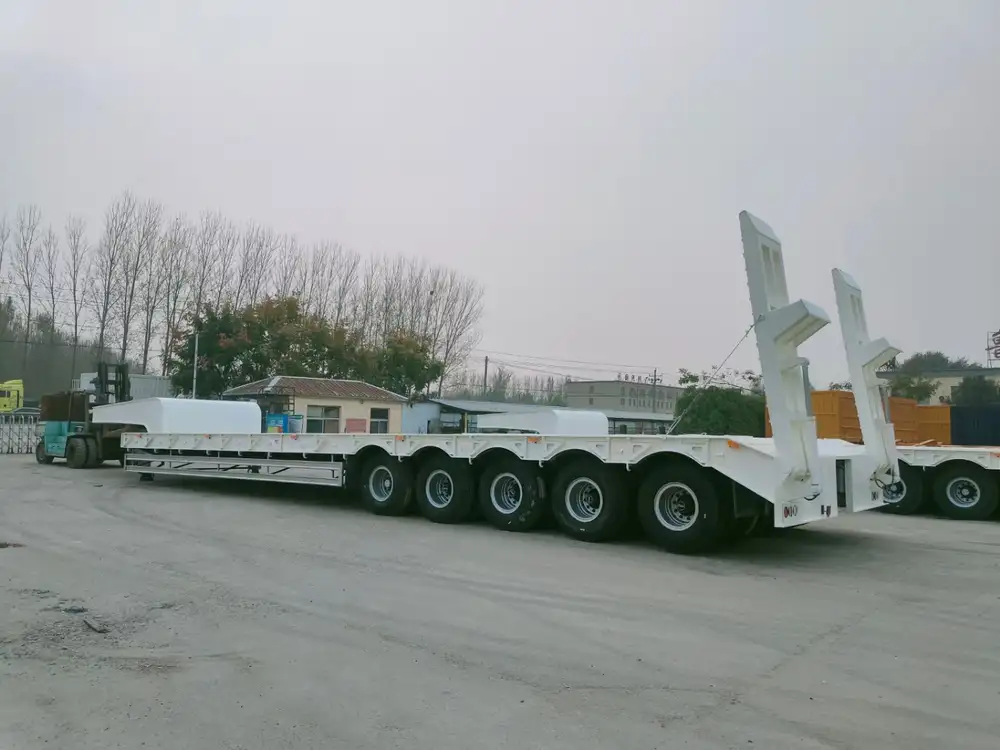
Conclusion: Excellence in Backing a Semi-Trailer
Backing a semi-trailer at a 45-degree angle is not just a skill but an essential art form that requires practice, knowledge of dynamics, and a methodical approach. By thoroughly understanding your trailer, employing effective techniques, and fostering a mindset geared towards patience and precision, drivers can master this challenging maneuver. Whether you’re new to trucking or an experienced driver seeking to refine your skills, honing this technique will undoubtedly enhance your proficiency behind the wheel, leading to safer and more efficient transport operations.



